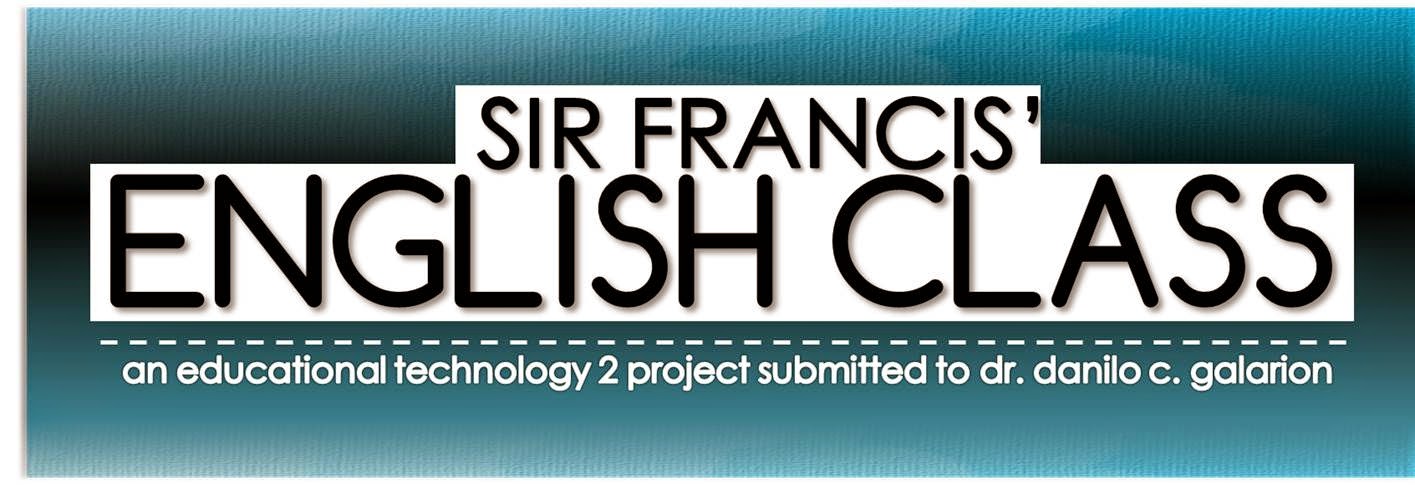Good day, Grade 10 Rizal!
For
those of you who participated in the annual campus writers’ convention in
Singapore and others who missed today’s discussion, I have just uploaded the
text containing the lesson. I suggest that you download and print it out as
your review material for our moving exam next week. The exam will determine the
10% of your final grade so you’d better work hard on mastering the topic. The
tabulation of scores has also been updated; look it up to know how you did in
the quiz we had today.
For
questions concerning the topic or anything, please hit the comment box or inbox
me at sirverbal@gmail.com
if it’s something personal.
Yours,
Sir
Verbal
RECOGNIZING ADJECTIVES
(Miguel, Revilla, & Barraquio, 2010)
(Miguel, Revilla, & Barraquio, 2010)
KEY
CONCEPT
- An adjective is a word that limits or describes a noun or a pronoun. There are two major classes of adjectives: descriptive and limiting.
DESCRIPTIVE
ADJECTIVES
Descriptive adjectives
describe the characteristics of a noun or pronoun. It may be the color, size,
quality if the noun or pronoun it defines.
Types
of Descriptive Paragraphs
1.
Proper
Adjective – an adjective formed from a proper noun
Philippine Eagle Chinese food
Russian Army European coast
2.
Common
Adjective
majestic mountain zealous priest
multicolored flags useful harbors
3.
Many
participles may also be used as descriptive adjectives.
broken arrow untamed horses
shooting stars praying mantis
LIMITING
ADJECTIVES
A limiting adjective
either points out or denotes the number of an object. It has three classes: articles, numerical adjectives, and the
pronominal adjectives.
Ø Articles –
the articles the, a, and an indicate whether the noun is used
definitely of indefinitely.
The church
of St. John in Wales collapsed in ruins a minute after it was finished.
Ø Numerical Adjectives – denote
the exact number, rank, or position of a noun.
The first edition of Dante’s Divine Comedy which contained the original illustrations by Michael Angelo costs one million dollars.
Ø Pronominal Adjectives –
may also be used as pronouns. There are five classes: demonstrative,
possessive, distributive, indefinite and interrogative.
§ A
demonstrative adjective points out a
definite person, place, or thing.
this that these those
this statue that man these books those pagans
this statue that man these books those pagans
§ A
possessive adjective denotes
ownership of a noun.
his our
her
my your its
our proposal
their commentaries
my your its
our proposal
their commentaries
§ A
distributive adjective refers to
each person, place, or thing separately.
each either
every neither
every catholic neither plans
every neither
every catholic neither plans
§ An
indefinite pronoun points out no
particular person, place, or thing.
all any several
many another some
many another some
few much
several issues
another occasion
§ An
interrogative adjective is used in
asking questions.
which what
Reference:
Miguel, S., Revilla, & Barraquio. (2010). Smart
English (Second Edition). Quezon City: C & E Publishing.

